Romans washed their laundry with urine

The most desirable laundry detergent in Ancient Rome was lye, an alkaline liquid derived from wood ashes, but it was too expensive for the average Roman citizen to regularly purchase. Instead, most households used a mixture of water and human urine. Urine contains ammonia, the principal ingredient in bleach, so it does a remarkably good job of removing stains from clothes. The main downside is the smell, which Romans would attempt to mask by rubbing their clothes with bay leaves after they had been washed.
Contraceptives included honey and cat liver

Although the average citizen of the Roman Empire enjoyed a reasonably high quality of life, most of them weren’t particularly wealthy and thus family planning was important to ensure there weren’t too many mouths to feed. To this end, Romans made extensive use of both abortion and contraception, and they had some interesting methods for the latter. Wool, oil or honey could be ‘inserted’ before sex to act as a barrier, while some Roman physicians advised their patients to wear the liver of a cat in a tube on their left foot, as this would apparently prevent conception.
Romans worshipped a toilet god

The Romans followed a polytheistic religion with many gods, the majority of which were named after astrological bodies, such as Jupiter, the god of the sky, Neptune, the god of the seas, and Mars, the god of war. Deities would be turned to in specific situations. One of the less esteemed gods was Crepitus, the god of the toilet. Although he didn’t get his own festival, as the other gods did, Crepitus would be invoked following unexpected flatulence. Unsurprisingly, there were no temples built in Crepitus’ honour.
Rich Romans had slaves who specialised in dyeing hair
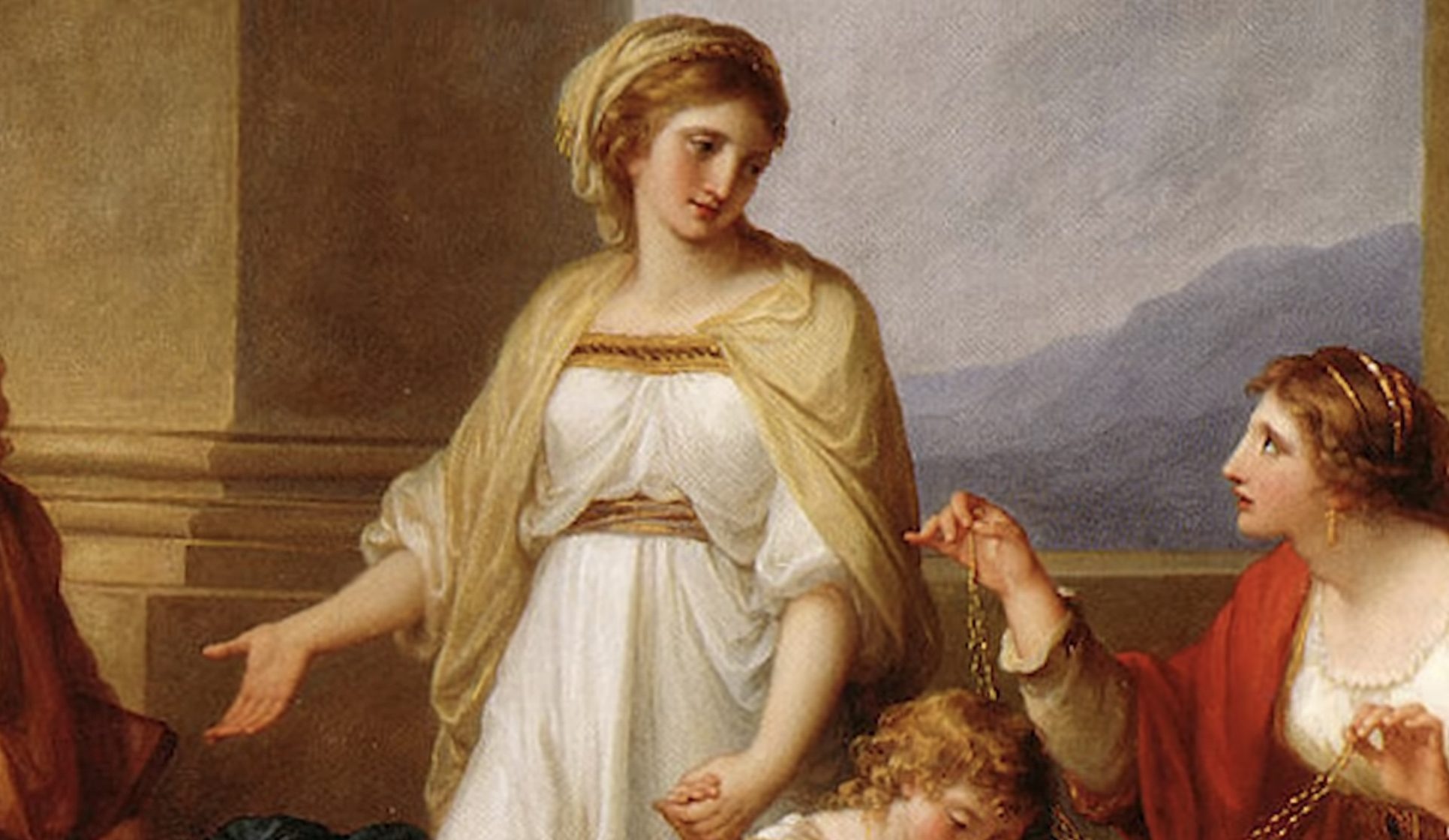
Romans were known to be vain, and fashion played a prominent role in Roman society. As well as wearing expensive clothes, fashion-conscious Romans could express themselves by dyeing their hair a range of colours, including red, blonde and purple (presumably not at the same time). This was achieved with a mixture of goat fat, wood ash, henna, and other natural dyes. Wealthy Romans would even keep slaves who possessed expertise in dyeing hair, and whose sole job was to attend to their masters’ hair.
Roman cosmetics contained lead, donkey milk and ant eggs

It wasn’t just hair and clothes that Romans were concerned with. Citizens who could afford it also indulged in a range of cosmetic products designed to combat the signs of ageing, enhance beauty and make their complexions more pale. One of the most common concoctions was a paste made from lead. Other treatments included donkey milk mixed with crushed snails, burned earthworms mixed with oil, and crushed ant eggs.
Romans used powdered mouse brains as toothpaste

As well as enhancing their appearance with lead face creams and goat fat hair dyes, it seems that citizens of the Roman Empire were also concerned with maintaining their pearly whites. Romans brushed their teeth regularly, and made their own toothpaste from a mixture of ash from burned donkey teeth and crushed mouse brain. The concoction, unsurprisingly, didn’t work: excavated skulls belonging to Roman citizens have been found with high levels of tooth decay and signs of advanced gum disease.
Citizens had to apply for permission to commit suicide

Suicide is illegal in many countries today. In Ancient Rome, however, recourse to suicide was considered valid in certain circumstances, such as if a person had brought disgrace upon themselves and wanted to regain their honour. If a citizen wished to commit suicide, they first had to apply to the Senate, where they would be required to make the case for why they wanted to die. If it was ruled that the reasons were valid, poison would be provided free of charge. Soldiers and slaves were disqualified from applying, as both these groups were considered vital to the functioning of the empire.
Phalluses were used as lucky charms

Roman citizens were a superstitious bunch, and were deeply afraid of getting on the wrong side of evil spirits, which they believed could cause diseases and ill fortune. To ward them off, Romans often wore lucky charms and pendants, and hung them on their doorframes. One of the most popular designs was a phallus, and it was not an uncommon sight to see a Roman man wearing a necklace adorned with a large phallic pendant. Other popular designs included likenesses of Roman gods, particularly Minerva, the god of wisdom, and Saturn, the god of time.
The punishment for murdering a family member was brutal

Romans strongly believed in the importance of the family, on the basis that well-functioning families would combine to form a well-functioning society. Consequently, parricide – the murder of a family member – was one of the most heinous offences that a Roman could commit. Punishment for this crime was as unpleasant as it was bizarre. Suspects found guilty of parricide would be placed into a sack along with a rooster, a monkey, a dog, and a venomous snake. The sack would then be tied shut and flung into a river.
Toilets were communal, and a great place to socialise

The flushable indoor toilet wasn’t invented until 1596, a full 1,120 years after the fall of the Roman Empire. Instead, when nature called, Roman citizens used large communal toilets. These facilities basically consisted of long benches with holes in them, and Romans would spend a large amount of time there, catching up on gossip or debating about philosophy, art, or the latest Roman conquest. Similar to bathhouses, communal toilets were considered important social hubs, and citizens would often spend a lot of time there. Sponges were provided to wipe, and these were shared, which is ironic considering how paranoid the Romans were about diseases.
Romans watered down their wine
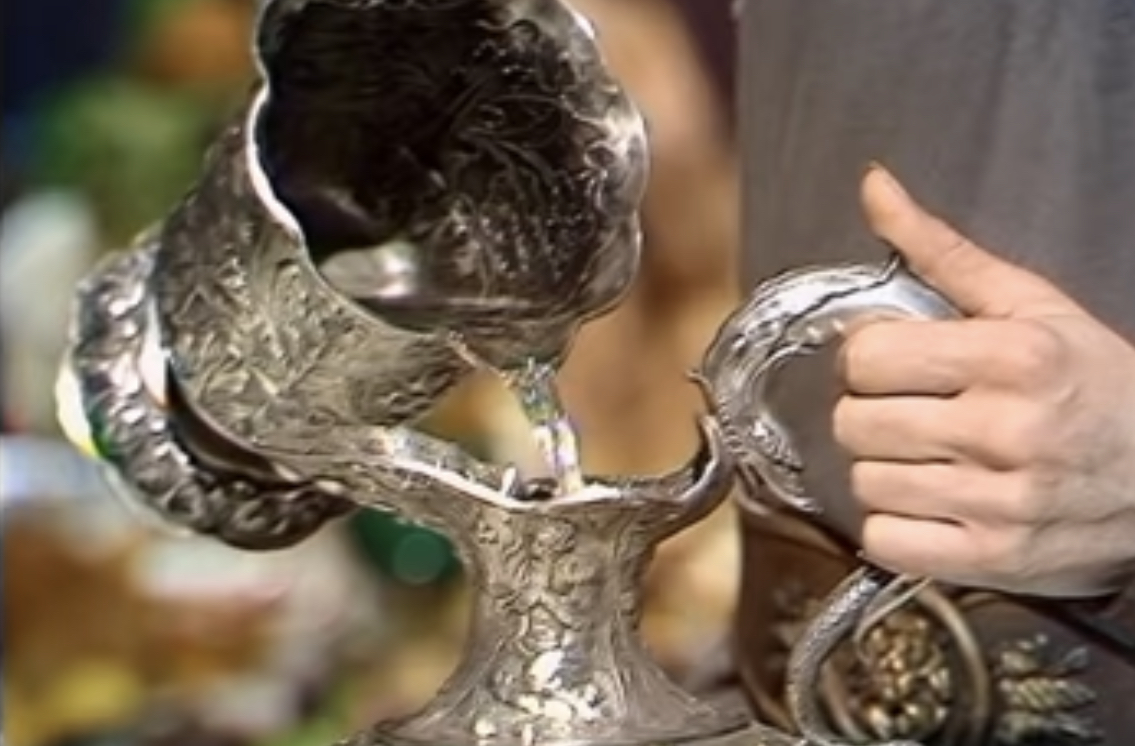
Wine was one of the most commonly available drinks in the Roman Empire, with all but the poorest citizens regularly indulging. Drinking wine was actually preferred to drinking water, as the alcohol killed potentially harmful bacteria (Romans didn’t know anything about bacteria, but probably made the connection between drinking water and getting ill). However, wine was almost always served diluted, generally two parts water to one part wine. Romans viewed undiluted wine as a drink befitting only of barbarians, and tried to avoid consuming enough to get drunk, except for during festivals. Wine was also flavoured with honey, spices, and sometimes even seawater.
Romans bathed together

The Roman Empire was famous for its communal baths, and most Roman cities had at least one bathhouse. In fact, the British city of Bath, which gets its name from its bathhouses, was built by the Romans in the 1st Century AD. Baths were frequently attended by citizens from all levels of society, and often served as a place to socialise and catch up on local news. Baths were unisex, and bathing naked was considered the norm. Most bathhouses had multiple rooms, offering a hot pool, a cold pool, and a kind of sauna.
Brutal gladiator fights were the entertainment

Romans viewed leisure time as very important, and had multiple ways to fill their spare hours. Music, art, and dance were all widely available in Roman cities, there were plenty of sporting activities to take part in, and they even invented a number of board games. However, the most notorious form of entertainment on offer was the gladiator fights. Held in large arenas with seating for thousands of spectators, these brutal events drew huge crowds. Most of the gladiators were slaves, fighting to win their freedom, although the odds of making it out alive were pretty slim. Gladiator fights were often set up as reenactments of historical or mythical battles, and could involve large numbers of combatants, as well as wild animals including lions and bears.
Roman children went to school every day of the week

Romans placed a huge emphasis on the value of education, and made sure their children were well versed in subjects including history, philosophy, and art. Schooling took place until the age of 12, and followed a brutal schedule. Children were expected to attend school from sunrise until sunset, seven days a week. The idea behind such intensive education was that by the time the children graduated at 12, they would already be equipped with the skills and knowledge needed to contribute to society. And they did still get school holidays, so it wasn’t all bad.
Most citizens only worked for six hours a day

As previously mentioned, the Romans were big believers in the importance of leisure time. Due to the impressive technology that the Empire pioneered (it also probably didn’t hurt that they made extensive use of slaves), Roman civilisation was one of the first in history where workers had the luxury of keeping their toil to a minimum. The most common jobs included things like carpentry, construction, and farming, with wealthier citizens working as lawyers or doctors, but regardless of profession most citizens would only work for an average of six hours a day.
Military conscription was rare in the later years of the Empire

The Roman Empire was famed for its military might, and its highly trained and disciplined forces allowed it to spread across much of Europe. In the early days of Rome, male citizens were expected to complete military service as part of their duty to their state, and seasonal campaigns were waged against local neighbours. However, as Rome’s might grew, its army began to more closely resemble a modern, professional fighting force. Soldiers were salaried, and joining the military became a valid career path as opposed to a compulsory service. In the later years of the Empire, allied forces and mercenaries were also heavily drawn upon, and conscription, which had become deeply unpopular with Roman citizens, became increasingly uncommon.
After the Latin war, Rome began granting rights to the people it conquered

Rome was founded in 753 BC, and it didn’t take long for the newly established state to begin fighting its neighbours. One of the groups it clashed with was an Italic tribe known as the Latins. The Roman-Latin wars went on for almost 300 years, before the Latins were finally crushed. For most of Rome’s early history, the citizens of its conquered enemies could expect to be brutally subjugated into slavery and have their belongings and property plundered. However, after the Latin war, Rome began a new policy of integration for the peoples of its vanquished foes, granting them rights which afforded them all the same privileges as Roman citizens, minus the opportunity to vote.
The working class in Rome used to have few rights, until they went on strike

Roman society was deeply hierarchical, with the Emperor at the top and slaves at the bottom. In between these two extremes were the aristocratic Patricians, who enjoyed excessive wealth and privileges, and the Plebeians, common tradesmen who in the early Roman Empire were afforded little in the way of rights. Eventually, the Plebs decided they had had enough of life near bottom of the pecking order, and began a campaign to win concessions. The result was the Conflict of the Orders, a struggle for power between the Plebs and the Patricians that went on for over 200 years. Eventually, the Plebs began going on strike, and some even temporarily left the city to highlight their importance to the functioning of Roman society. In 287 BC, the Senate ruled in favour of the Plebs, and granted them political equality with the Patricians.
Gladiator blood was thought to have healing properties

Gladiator fights were the most popular form of entertainment in the Roman Empire, drawing larger crowds than the Super Bowl. Due to the ferocity with which gladiators fought, Romans believed them to literally possess the soul of a lion. Citizens believed that consuming the blood of a fallen gladiator would confer healing benefits, and could even cure epilepsy. Given the prevalence of blood-borne diseases in the Roman Empire, this practice is likely to have done far more harm than good.
The Romans made themselves throw up so they could eat and drink more
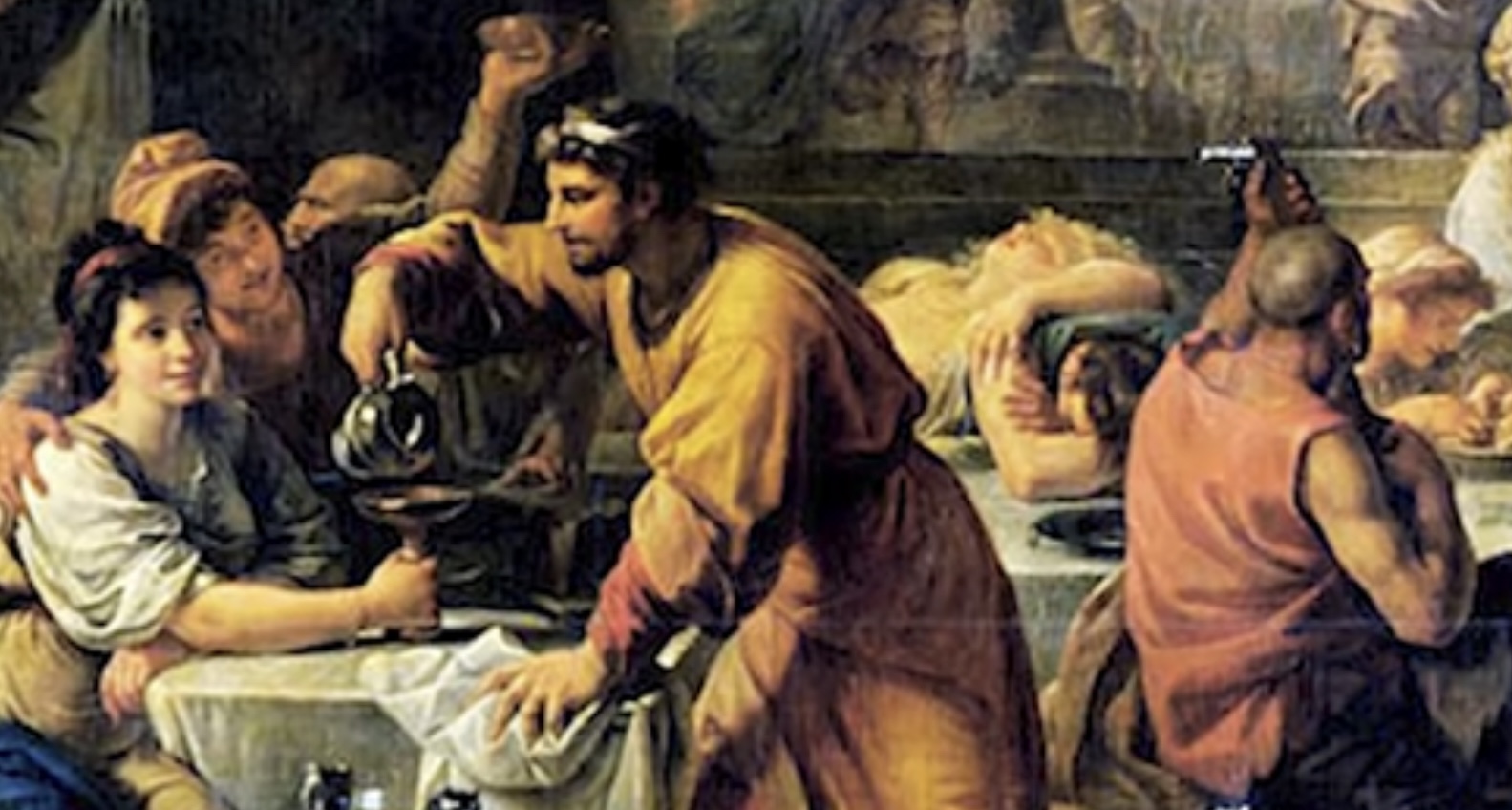
Romans were known for their indulgent streak. The middle and upper classes would often host lavish feasts, gorging on luxurious food and wine, and attending these banquets was a mark of social standing. The ability to eat and drink great amounts was also seen as an indicator of masculinity. In order to overcome the fact that there is a hard limit to how much can be crammed into a human body at any one time, Romans would apparently excuse themselves from the feast in order to induce vomiting, freeing up room to continue the debauchery.
Unwanted children were literally thrown away with the trash
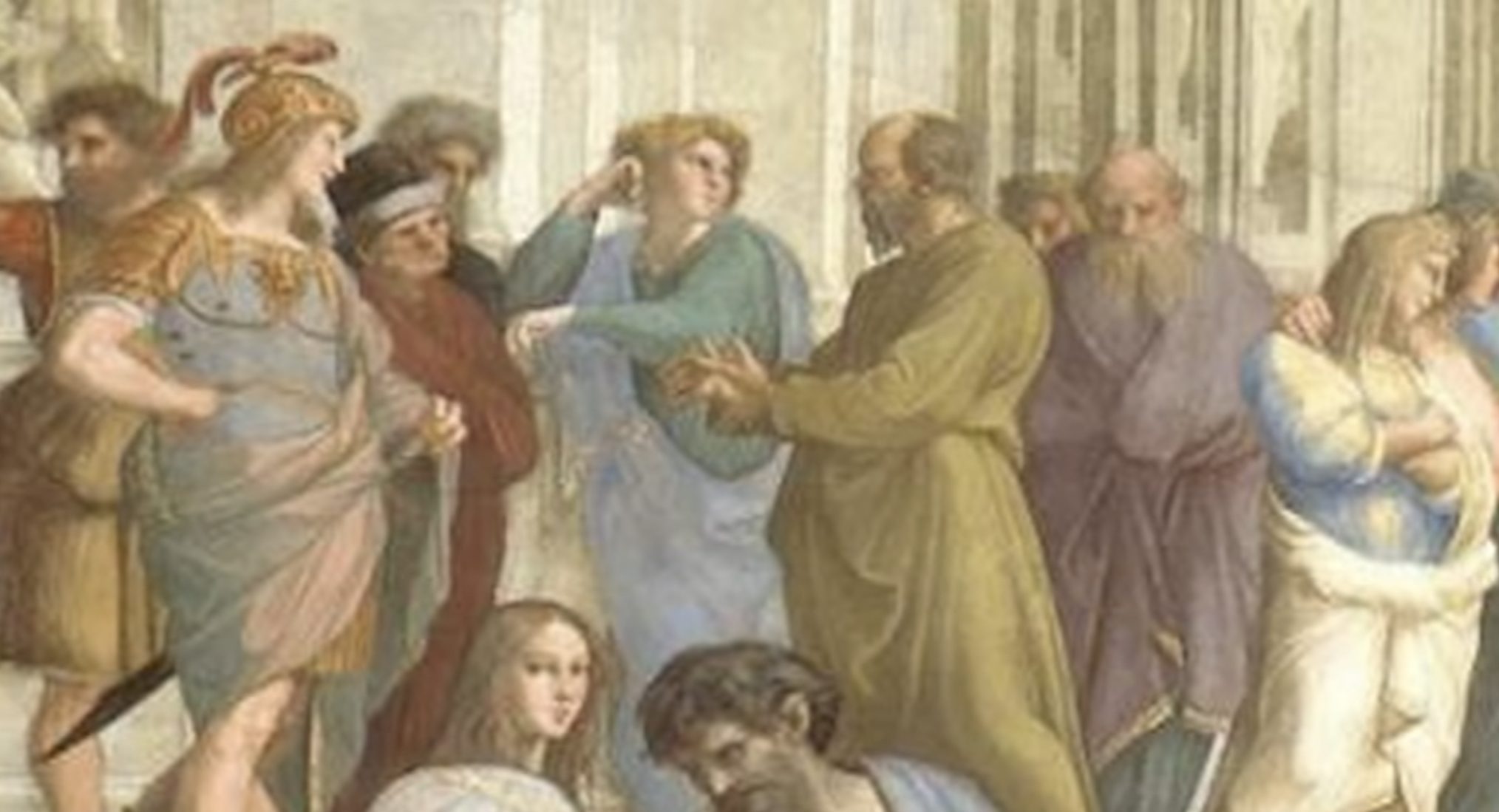
Despite contraceptive methods as foolproof as wearing a tube of cat’s liver, unwanted pregnancies did still occur. Some women avoided seeking an abortion as they could have dangerous side effects, and even when abortions were attempted they didn’t have a 100% success rate. When a baby was born, it would be laid at the feet of its father. If he refrained from picking it up, he was considered to have symbolically rejected responsibility for its upbringing, and from that point on had no legal responsibilities to the child. Such babies were then unceremoniously discarded in rubbish dumps, where they would either die from exposure or be rescued by another Roman family, who would then raise it as a slave.
Married Roman men were allowed to sleep around
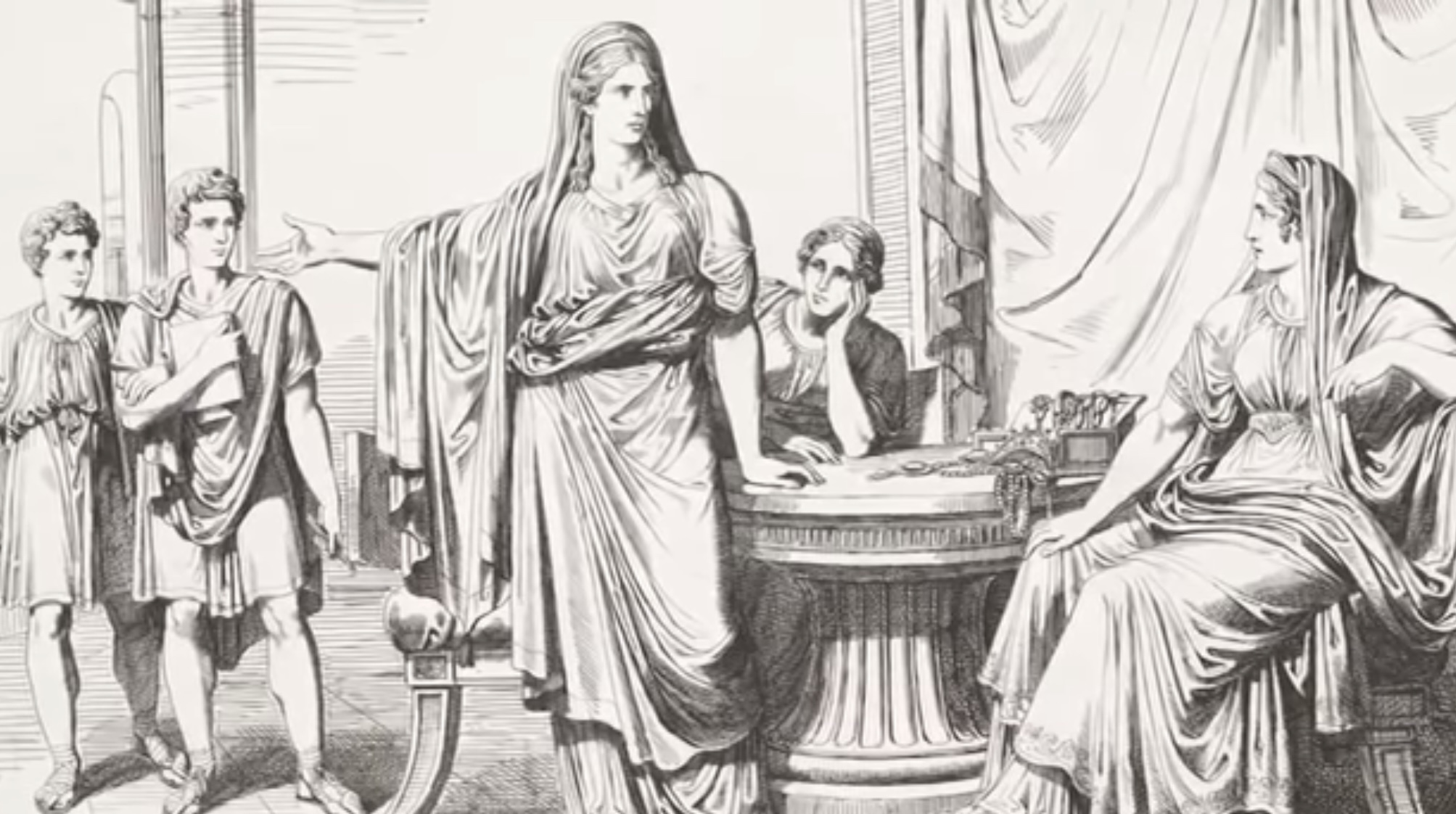
Roman weddings weren’t all that different from modern ones, with the bride and groom entering into a lifelong commitment and making vows to each other, including promising not to commit adultery. However, Romans had a pretty narrow definition of what actually constituted adultery, and it left a lot of loopholes. It was considered acceptable for a married Roman man to have sex with a prostitute (as long as he paid her), one of his slaves, or a woman of a lower social rank. Unsurprisingly, the same exceptions did not apply to women, who were expected to remain faithful and tolerate their husbands’ philandering.
Romans had pipes fitted to their graves so they could be ‘fed’ after death
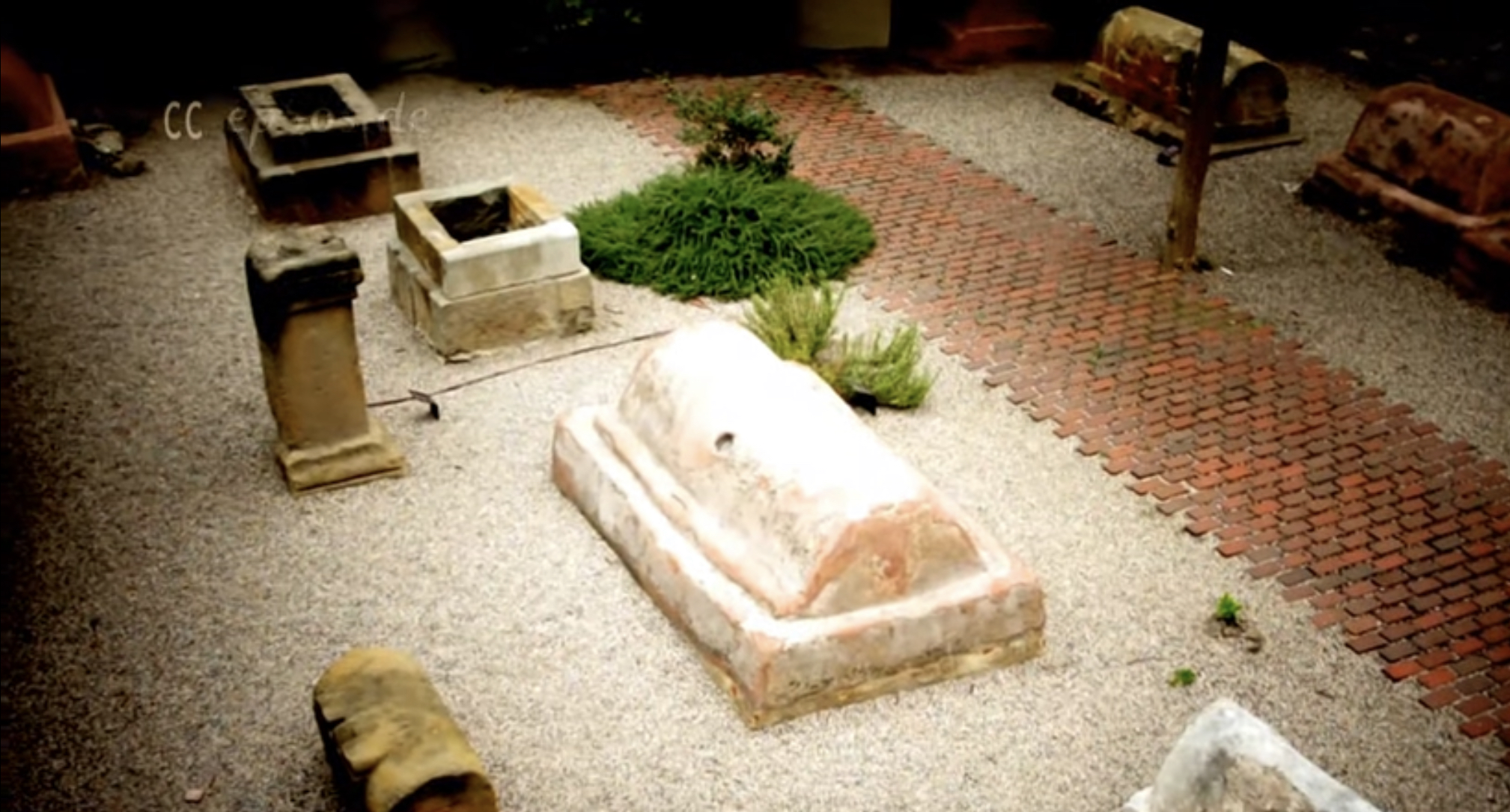
The Romans had a very ritualistic approach to death. After a family member died, their corpse would be given a farewell kiss by their closest relative, after which the body would be anointed and displayed. A coin would then be placed in the dead person’s mouth, which they could use to pay Charon, the boatman of the river Styx who transported souls to the underworld. Even after death, Romans were still considered to be part of the family. So as not to exclude them from feasts during festivals, pipes were fitted to their graves, which would be used to send down honey and wine.
A man who broke his oaths could be legally killed by anyone

Roman culture was steeped in tradition, and citizens of the great Empire had many duties. Loyalty to the Empire was expected above all else, and the consequences for breaking one’s vows was severe. Oath-breakers were marked as “home sacre”, and they lost all legal rights. Once a man had been marked as homo sacre they no longer enjoyed the protection of the law, and as such were considered fair game for anyone who wanted to kill them. There were a wide variety of offences which could lead to the designation, such as swindling customers or sowing discord in the republic.
Due to high infant mortality rates, babies weren’t considered part of the family until nine days had passed
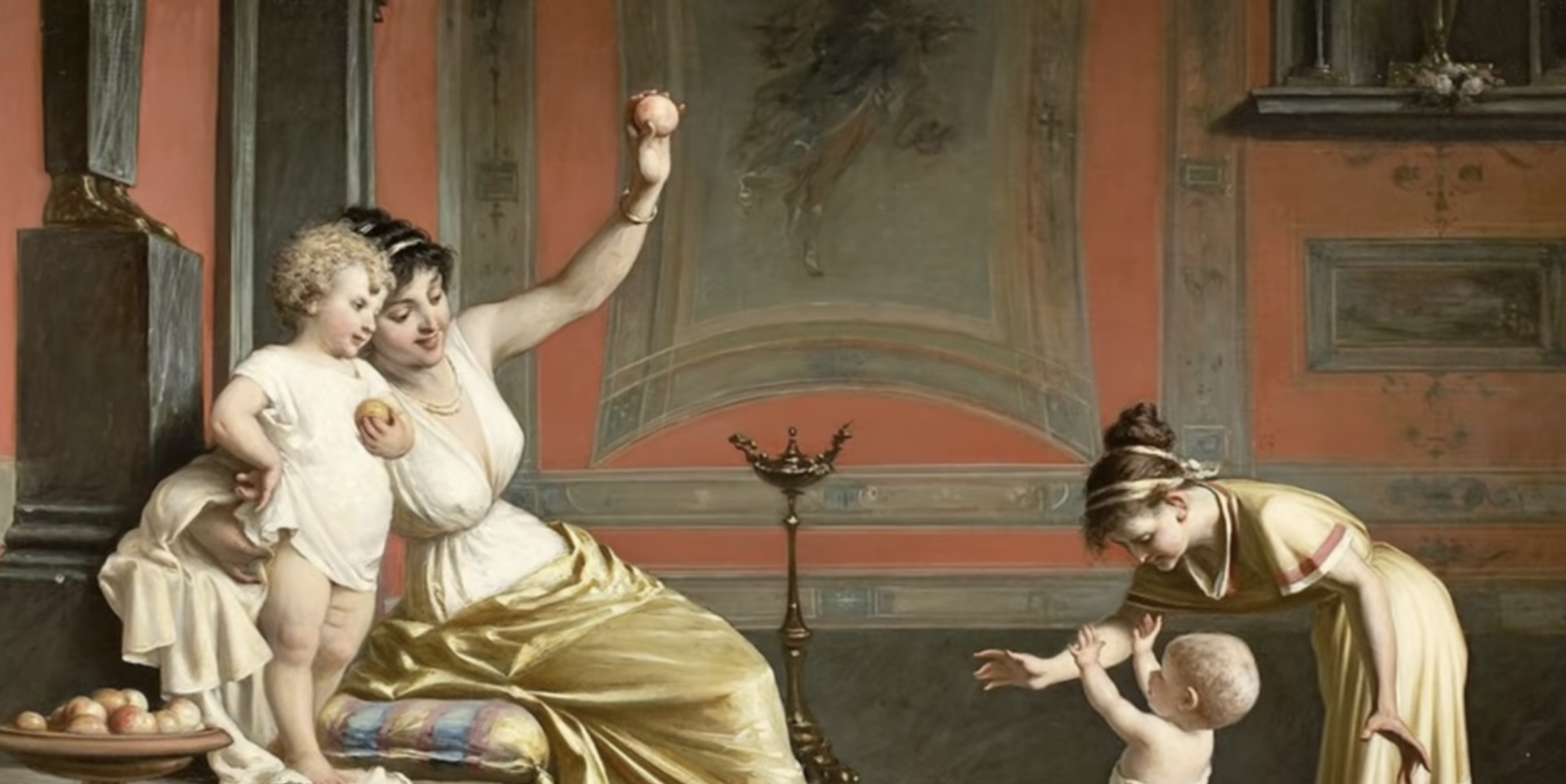
Healthcare wasn’t particularly advanced in Ancient Rome, as evidenced by the number of bizarre and superstitious healthcare treatments on offer. As a result, infant mortality rates were incredibly high, and a lot of babies didn’t make it past their first week. The first nine days of a child’s life were known as the “dies lustricus”, and Romans didn’t consider a newborn officially part of the family until this period had passed. On the final day of the dies lustricus, there was a ceremony which involved the father lifting the baby from the ground and holding it aloft to the heavens, at which point the child was finally named and became a part of the family.
Concubines had legal rights

Unmarried men in Ancient Rome were permitted to own a concubine, although they could only own one at a time and they had to give her up when they married. Concubines were, in essence, slaves, but they still had rights and the relationship between a man and his concubine was considered only slightly lower from a legal standpoint than a marriage. If a man fathered a child with his concubine it was considered illegitimate and thus wasn’t entitled to the full rights and privileges that came with being a Roman citizen. However, the father still had a legal obligation to care for the child and bring it up properly (assuming he decided not to consign it to the rubbish dump).
Important Romans ingested poison every day

Life in Ancient Rome was comparatively safe for the average citizen, who lived within imposing city walls, guarded by the mighty Roman army. However, there were power struggles constantly going on amongst the aristocracy, and assassination attempts were not uncommon. Romans in positions of power attempted to inoculate themselves against the effects of poison by ingesting small, sub-fatal doses of toxic substances every day. Whilst this sounds insane, it actually makes sense from a scientific standpoint, and was practiced by everyone from the emperor to low-level government officials.
Roman women wore wigs made from slaves’ hair

Native Roman women typically had dark hair. When the Roman Empire began launching conquests abroad, it started bringing back slaves from distant lands, many of whom looked markedly different from anything Roman citizens had ever seen. In particular, Roman women were fascinated with blonde haired female slaves who were brought back from France and Germany. They attempted to emulate their hair by using natural bleaches, but became frustrated with the impermanent results, so eventually they began cutting off the slaves hair to make wigs.
Women were banned from crying at funerals

As previously mentioned, the Romans took traditions around death very seriously. Funerals were considered a big deal, and citizens wanted to make sure that their loved ones got a memorable send-off. In order to make sure that there were an adequate number of mourners at a funeral, and by extension prove that their loved one had been an important person in life, families of the deceased would hire professional mourners to weep dramatically during the ceremony. However, in a bid to get more work, actors would compete with ever-more-enthusiastic displays of sorrow. Eventually, Roman funerals began to be filled with mourners wailing uncontrollably and ripping apart their clothes. To curb such undignified behaviour, the Senate passed legislation banning women from crying at funerals (the law didn’t have to encompass men, who would never be seen crying in public anyway).
There was a festival where slaves were served by their masters

Romans had a strange approach to slavery. Whilst they captured tens of thousands of people from conquered lands and transported them to back Rome to be used as slaves, they actually treated them relatively well, at least by the standards of other empires. During the festival of Saturnalia, which took place every year on December 17, slaves were granted many temporary freedoms and were even waited on by their masters, who cooked them a meal and attended to their wishes. Slaves were also free on this day to criticise their masters without fear of reprisals, although most of them probably had the good sense to refrain, considering the status quo returned to normal the following day.
Roman generals had a slave to keep them humble
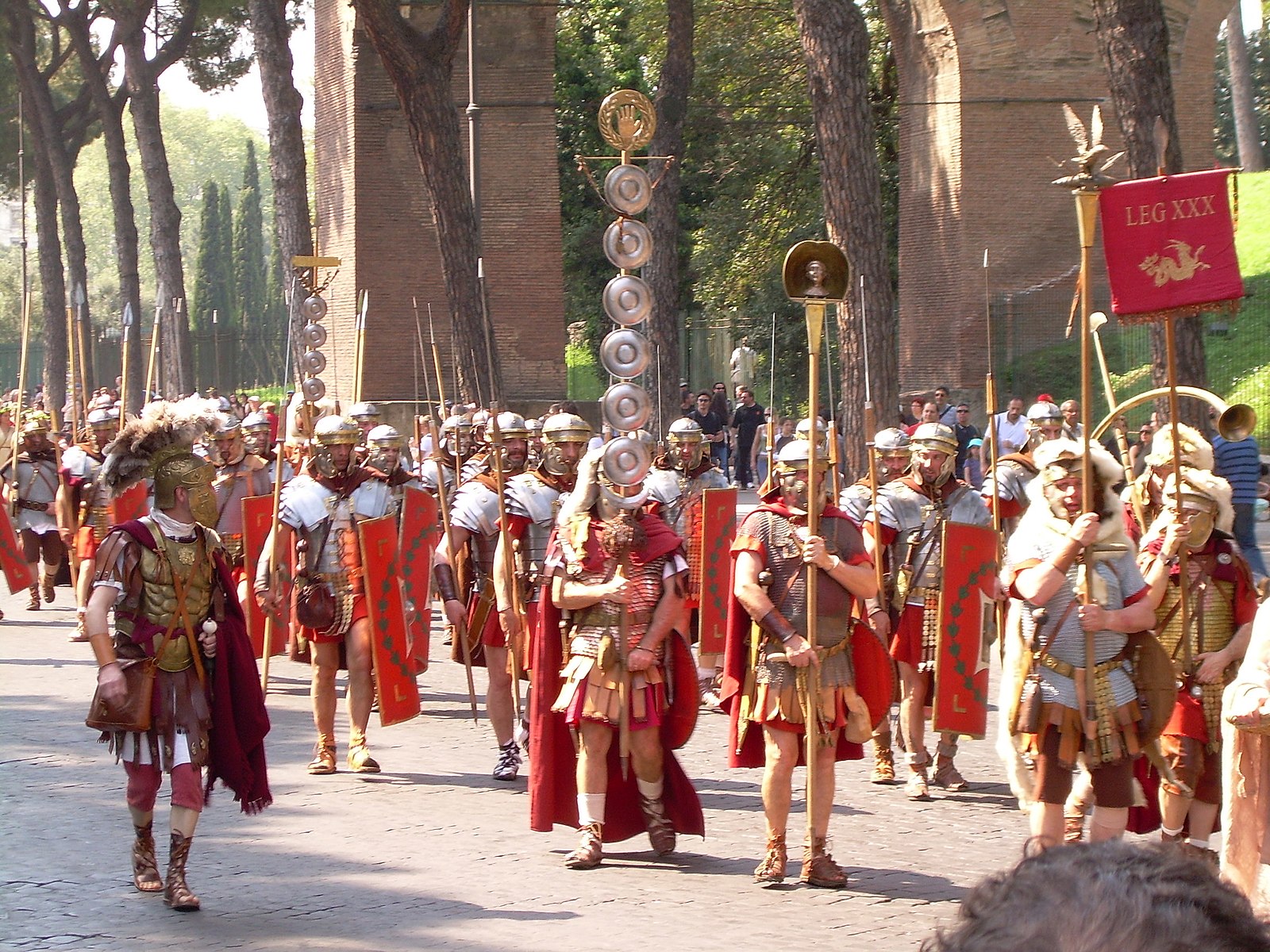
The Romans were renowned for their military might, combining highly disciplined soldiers with innovative tactics to crush opposing armies. The list of notable Roman victories is incredibly long, and great triumphs were always followed with celebrations and parades. However, the Romans were big believers in not letting success go the head. During parades, victorious Roman generals would be closely followed by a slave who would repeatedly utter, “memento mori” – “remember your mortality”.
Families would try to outdo each other at feasts

For middle and upper class Roman families, feasts weren’t just a time to get together, they were also an opportunity to show off status and wealth. Multiple families would often gather for a feast, with each family contributing a dish. Naturally, this got extremely competitive, and families would constantly try and outdo each other to provide the most extravagant, opulent food creations. One dish that was considered the ultimate flex consisted of a chicken, stuffed into a goose, stuffed into a sheep, stuffed into a cow, which frankly sounds like an absolute nightmare to eat.
Romans got very uncomfortable about executing Vestal virgins
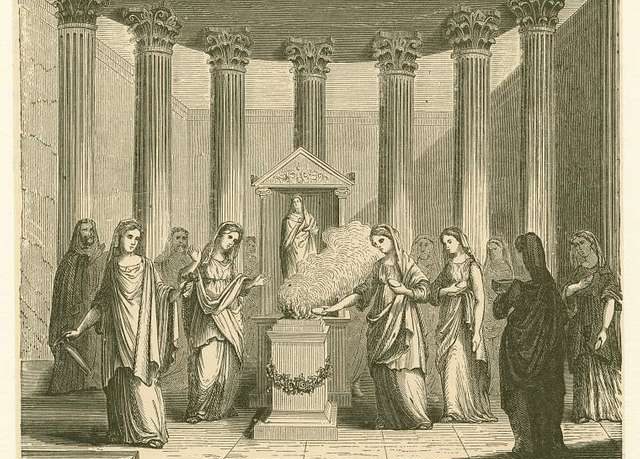
Vestal virgins were priestesses of Vesta – the Roman goddess of the hearth – and they were considered an important part of Roman religion. They were often given important tasks, such as acting as executors for the Emperor’s will. Occasionally, a Vestal virgin would commit an offence grave enough to warrant a death sentence, generally by breaking her sacred vows. However, the Romans were really uncomfortable about the idea of killing one of Vesta’s priestesses. As a workaround, they would bury the virgin alive but give her some food, which by their reasoning meant she technically starved herself to death. Whilst this logic is completely nonsensical, it seemed to keep the Romans happy and free of guilt.
Roman generals used sacred chickens as fortune tellers
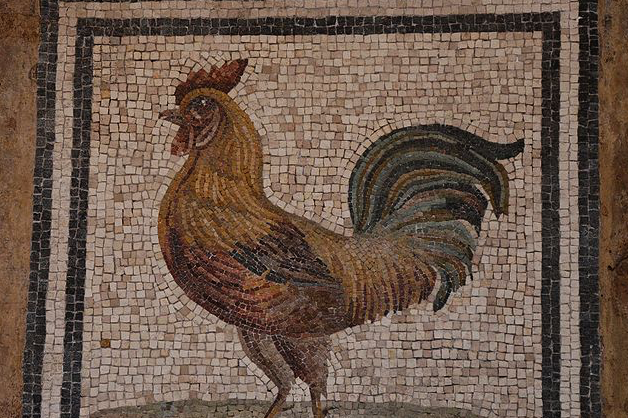
Roman culture was drenched in superstition, and this extended to the military. Before battle, generals would gather a flock of sacred chickens, which would then be fed in a ritualistic ceremony. If the chickens refused to eat, it was seen as an ill omen for the battle ahead. During Rome’s first war with Carthage, Publius Claudius Pulcher – the Roman Consul in charge of the campaign – called for his sacred chickens ahead of an important naval battle. When the birds refused to chow down, Pulcher had them thrown overboard, stating “if they will not eat then perhaps they will drink”. He lost the battle.
The Romans invented the practice of wearing wedding rings on the ring finger

Different cultures have different visual markers for marriage. Indians, for example, use Bindis, whilst only married Amish men are permitted to grow beards. In much of the Western world, marriage is signified through the wearing of a wedding band, specifically on the fourth digit of the left hand. Both Ancient Romans and Greeks used rings to denote marital status, but it was the Romans who specified which finger they should be worn on. They believed that what is now referred to as the ‘ring finger’ was connected by an important vein directly to the heart, making it the finger most closely associated with love. Quite sweet, really.
The Roman fire brigade was pretty unhelpful

During the 3rd Century, whilst Rome was under the rule of Augustus, a man named Marcus Licinius Crassus created what might be the world’s first fire brigade. He recruited about 500 men, and they would come rushing to the scene of a fire when called. However, before any firefighting took place, Crassus would first begin negotiating with the buildings owner over the price of his services. If no agreement could be reached, the firefighters would simply let the property go up in flames.
Romans used cobwebs as bandages

Long before modern bandages were invented people understood that, if you didn’t want to die, it’s generally a good idea to stop bleeding. Various ancient civilisations came up with their own solutions, but the Romans had a method that is likely to make to make arachnophobes’ skin crawl. When someone had been injured, medical experts would first clean the wound with a mixture of honey and vinegar, before applying balled up spider webs to stem the flow. Soldiers even carried carried webs in a kind of first aid kit for use in the battlefield.
Roman togas became so heavy that they were difficult to wear
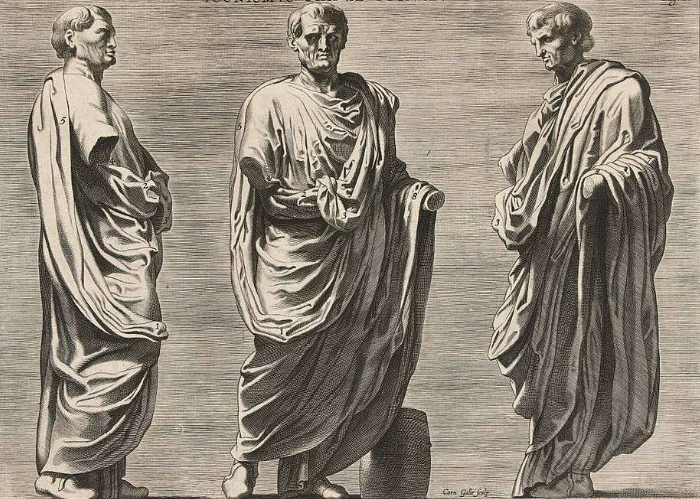
Roman citizens, especially those in the middle and upper classes, were shamelessly vain. Families that could afford slaves would often keep at least one whose sole job was to apply face masks and hair dyes, and Romans used a wide range of bizarre products to enhance their beauty. Fashion was also incredibly important, and the humble toga was continually reinvented to boast ever more decorations. Eventually, togas – or togae, if you want to be pedantic – became so draped and elaborate that their weight made movement incredibly difficult.
Some Romans protested against the brutality of the Colosseum

For the majority of Roman citizens, attending the gladiatorial games at the Colosseum was considered peak entertainment. The crowds at important events would often be larger than modern crowds at the Super Bowl, which highlights quite how popular they were. However, not all Romans were sold on the brutality of the spectacle. Historian Thomas Africa has written that it was not an uncommon sight to see crowds of Roman citizens protesting outside the Colosseum, with the most vocal opposition coming from those who believed it was wrong to throw Jews to the lions.
Catching a glimpse of Caesar’s bald patch was extremely dangerous
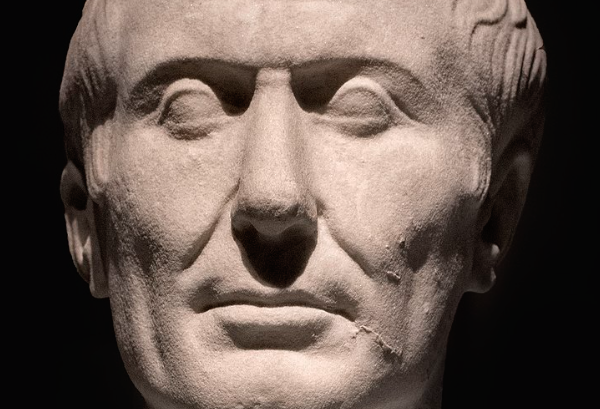
It wasn’t just Roman citizens who were vain. Emperors were also extremely concerned with maintaining their image, and none more so than Julias Caesar. One of Rome’s most famous Emperor’s, Caesar began to develop a bald patch in his early adulthood and it’s safe to say he was really touchy about it. Caesar made it illegal for anyone to stand higher than him, lest they caught a glimpse of his exposed scalp, and failure to comply with this dictate could result in a swift – and extremely petty – death sentence.
Rome had professional armpit pluckers
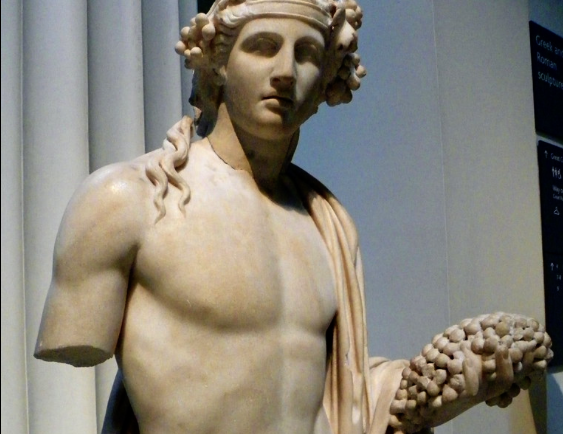
Romans took great pride in their appearance, and they considered body hair to be extremely unsightly. In a letter from Seneca the Younger, famed Stoic philosopher and tutor to Emperor Nero, failing to pluck one’s armpits is described as a dereliction of personal care. However, Romans were often busy or lazy, and if they could pay someone to do something for them they invariably would. As a result, professional armpit pluckers began plying their services to wealthy Romans, and it seems that they found a lucrative market.
Romans fathers had complete authority over their children
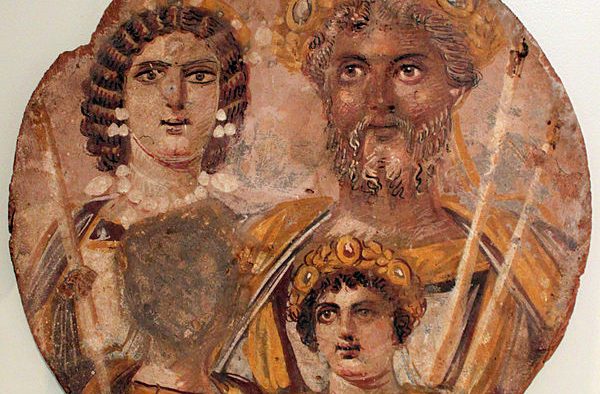
There was no more important figure in the Roman family unit than the patriarch. According to the ‘Patria Potestas’, or ‘paternal powers’, fathers had complete authority over their children and could make all of their decisions for them, including into adulthood. Failing to comply with your father’s wishes wasn’t just frowned upon, it could carry legal penalties. The Patria Potestas also governed the relationships between grandparents and grandchildren, and in theory a family’s eldest patriarch wielded dominion over everyone younger than him.
People who committed serious crimes were removed from history
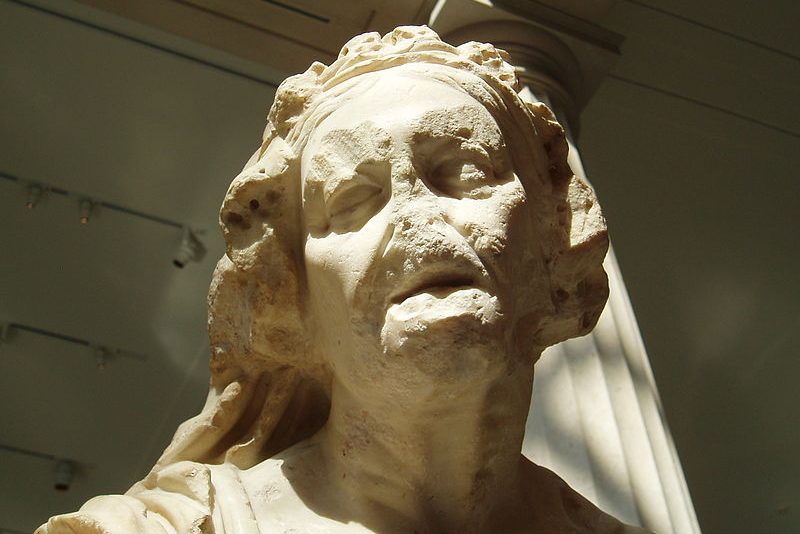
Legacy was extremely important to Romans, and men in particular were greatly concerned with ensuring they would be remembered after death. This is why statues were so prolific in the Roman Empire, as they gave people a physical representation that would remain long after their bodies decayed. The worst punishment therefore was ‘Damnatio Memoriae’, which was seen a harsher sentence than execution. The practice involved removing any trace of the person from history, by destroying statues of them, burning any documents that mentioned them, and scratching their names from inscriptions.
Roman latrines eventually had ‘rat blockers’ installed

The fear of something nefarious emerging from the toilet is scary enough that Steven King explored the idea in his novel ‘Dreamcatcher’. However, for Romans visiting the public latrines, it was a legitimate concern. When the Roman Empire pioneered sewage systems, it inadvertently created a rat paradise. It was apparently relatively common for rats to emerge from the pipes and bite people at their most vulnerable, and the public soon became terrified of using the toilets, forcing Roman engineers to install ‘rat blockers’ into the pipework.
Rome had professional orgy planners

Hedonism might have been invented by Aristippus, an Ancient Greek philosopher, but the Romans pioneered it. Wealthy Roman citizens were prone to indulging their every desire, whether in the form of feasts, wine, or orgies. Sex parties were a common occurrence in Ancient Rome, and there were people who worked as professional organisers. They would be responsible for selecting the venue, food, music, and – of course – women. The organisers were adored by the upper classes, but apparently the lower classes loathed them as they viewed the events as unnecessarily debauched.
It was illegal for ordinary citizens to wear purple

Romans were greatly concerned with displaying their status, and often made use of their fashion choices to flaunt their wealth. Colours were particularly important in this regard, as different dyes had different values. Purple, which had to be made from shellfish, wouldn’t fade in the sunlight, making it highly desirable – and expensive. In the early days of Rome, purple was worn exclusively by the upper classes, however after the 4th century AD it became illegal for anyone other than the Emperor to wear it.
There were people who helped with asking the gods for curses

Romans had a god for just about everything, and they believed that these gods actively intervened in the lives of humans. Therefore, it was common practise to request that your favourite god place a curse on someone who had wronged you. Curse Tablet Scribes were Romans who claimed to have a direct line of communication with the gods, and would pass on curse requests – for a fee, of course. After an aggrieved citizen consulted a Curse Tablet Scribe, their request would be written down, addressed to the relevant god, and then either nailed to the wall of a temple, placed in a grave, or cast into a lake.
If you got killed by lightning you wouldn’t be buried

The chances of getting struck by lightning are less than one in a million, but Romans didn’t believe it happened randomly. The most powerful god in Roman religion was Jupiter, known as the father of the gods, and he was believed to be responsible for lightning. If an unfortunate soul was killed by a lightning bolt, Romans assumed it was Jupiter claiming a sacrifice, and, consequently, wouldn’t bury the body as they didn’t want to deprive Jupiter of his prize.
Wealthy Romans had a slave to remind people of their name
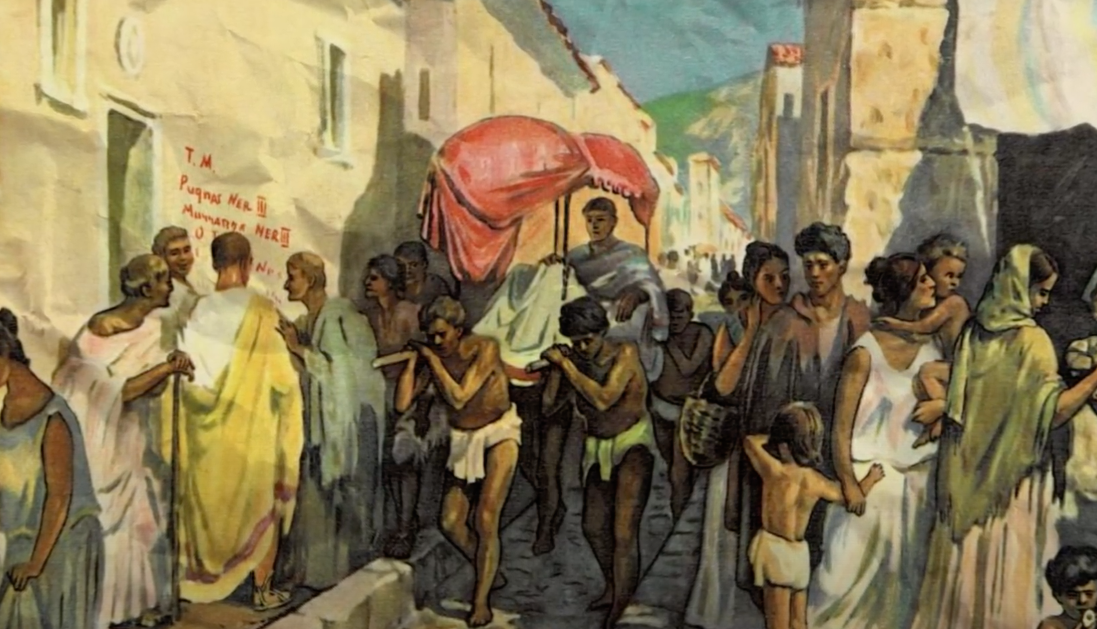
Forgetting someone’s name is always an embarrassing event, but rich Romans had a way to solve this problem. ‘Nomenclator’ translates to ‘caller of names’, and they were a type of slave who would follow their master closely whenever they were in public. Whenever someone approached, the nomenclator would loudly announce their master’s name, ensuring there were no awkward encounters.
Roman families could loan out their children as slaves
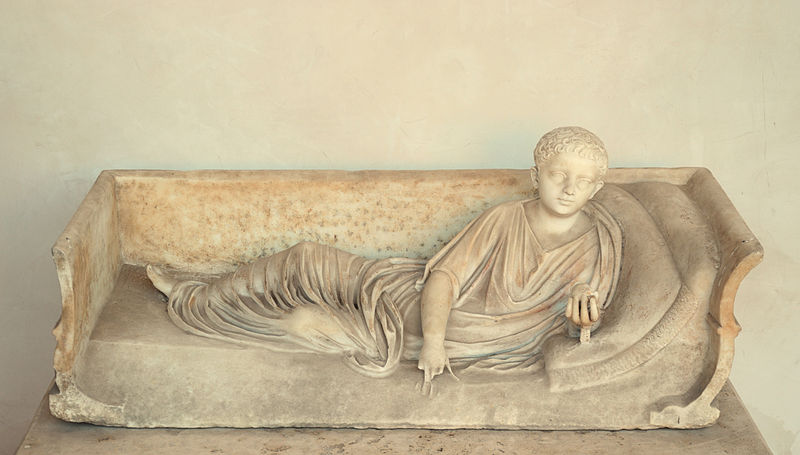
In the eyes of the Roman legal system, children were the property of their parents. Thus, it was completely acceptable for families to sell their children as slaves, although, unlike other slaves, they had to be returned after a pre-agreed amount of time, typically around a year or so. However, there were still some legal protections in place for children. If a father sold his child into slavery more than three times, he was deemed unfit to be a parent, and after the child had completed their most recent term of enslavement they would be emancipated from their parents.